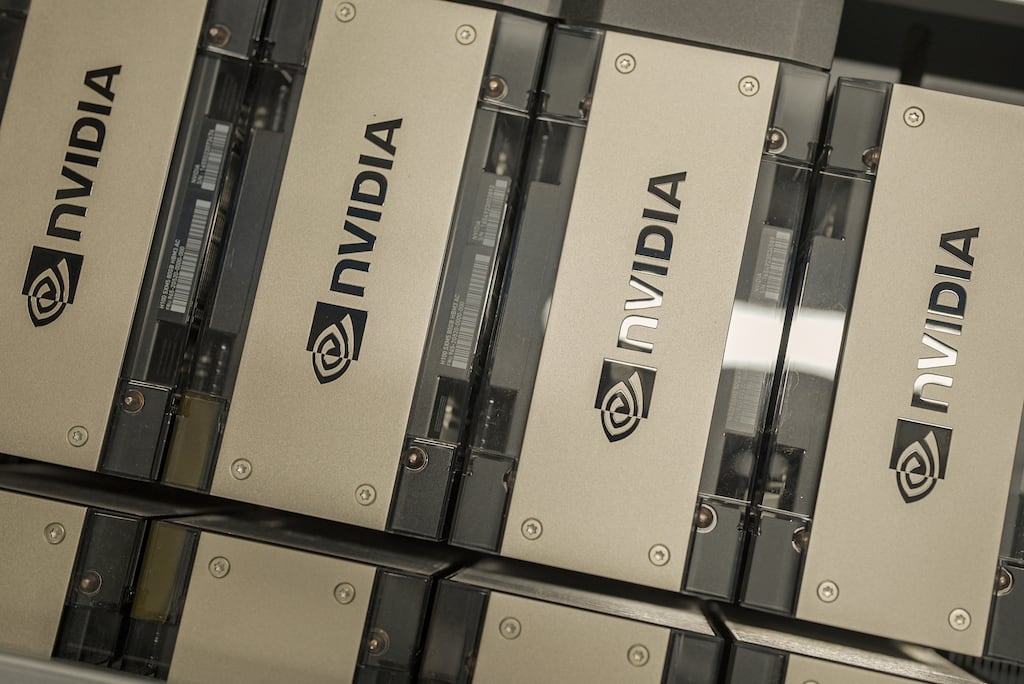Top Chinese companies are training their artificial intelligence models overseas to access Nvidia’s chips and bypass US efforts to prevent their development of the powerful technology.
Alibaba and ByteDance are among the tech groups training their latest large language models (LLMs) in data centres across Southeast Asia, according to two people with direct knowledge of the matter.
These people said there had been a steady increase in training in offshore locations after the Trump administration moved in April to restrict sales of the H20, Nvidia’s China-only semiconductors.
“It’s an obvious choice to come here,” said one Singapore-based data centre operator. “You need the best chips to train the most cutting-edge models, and it’s all legally compliant.”
READ MORE
Over the past year, Alibaba’s Qwen and ByteDance’s Doubao models have become among the top-performing LLMs worldwide. Qwen has also become widely adopted outside China by developers as it is a freely available “open” model.
Data centre clusters have boomed in Singapore and Malaysia, fuelled by Chinese demand. Many of these data centres are equipped with high-end Nvidia products, similar to those used by US Big Tech groups to train LLMs.
According to those familiar with the practice, Chinese companies typically sign a lease agreement to use overseas data centres owned and operated by non-Chinese entities. This is compliant with US export controls, as the Biden-era “diffusion rule” designed to close this loophole was scrapped by US president Donald Trump earlier this year.
One exception is DeepSeek, maker of high-quality and low-cost AI models, which is being trained domestically, according to people with knowledge of the matter.
The company built up a sizeable cluster of Nvidia chips before the US export bans took effect, according to people familiar with the matter.
It is also working closely with domestic chipmakers led by Huawei, to optimise and develop the next generation of Chinese AI chips, according to those people.
Huawei has a team of engineers stationed at DeepSeek’s Hangzhou headquarters. The company views its partnership with DeepSeek as a strategic effort to advance its semiconductor and software systems to be adopted for AI training across the country.
Training of LLMs requires a huge amount of computing power to process massive data sets, leading most Chinese groups to prefer Nvidia’s advanced products for the task.
These companies are, however, increasingly turning to locally made Chinese chips for “inference”, when AI systems respond to a user’s request and which accounts for an increasing share of overall AI workloads.
Beyond training, Chinese tech companies also use Southeast Asian data centres to service their overseas customers, as Alibaba and ByteDance seek to grow their share of the global cloud computing market. Chinese companies are also expanding access to data centres in other regions such as the Middle East.
One constraint is that Chinese tech giants are not allowed to move private data out of the country. This means that to customise an AI model based on specific data supplied by a local client, training needs to remain in China, according to the industry insiders.
Alibaba, ByteDance, DeepSeek and Huawei did not respond to requests for comments. Nvidia declined to comment. – Copyright The Financial Times Limited 2025












